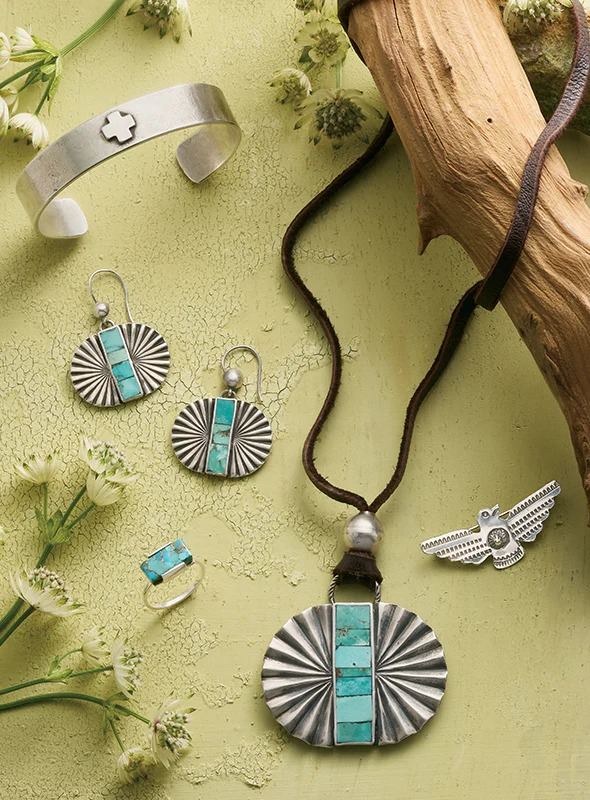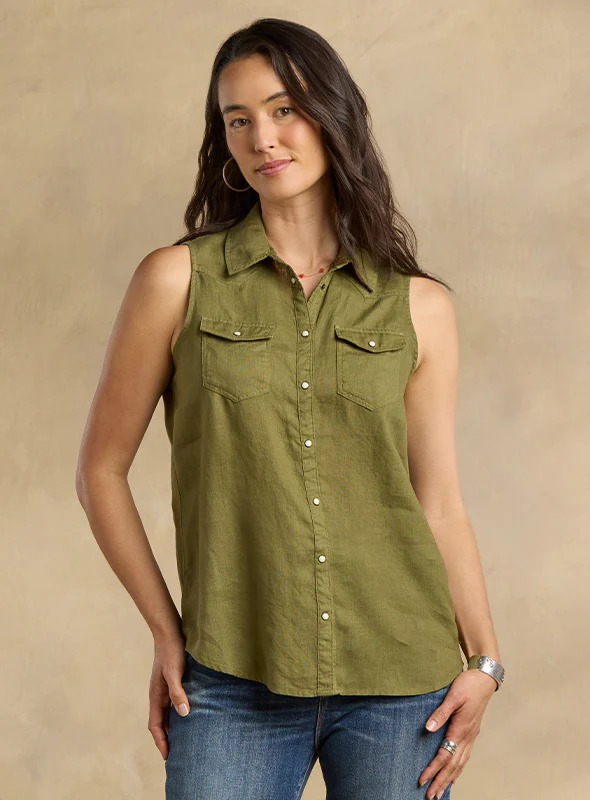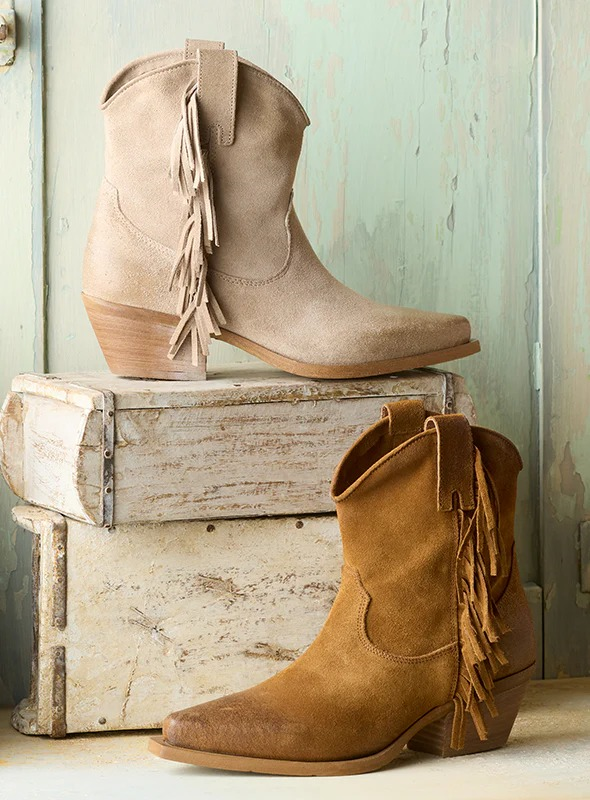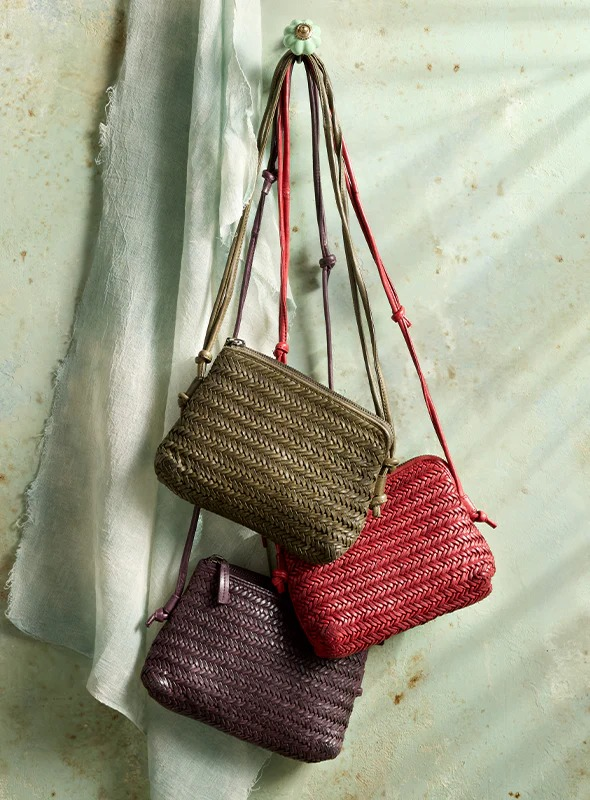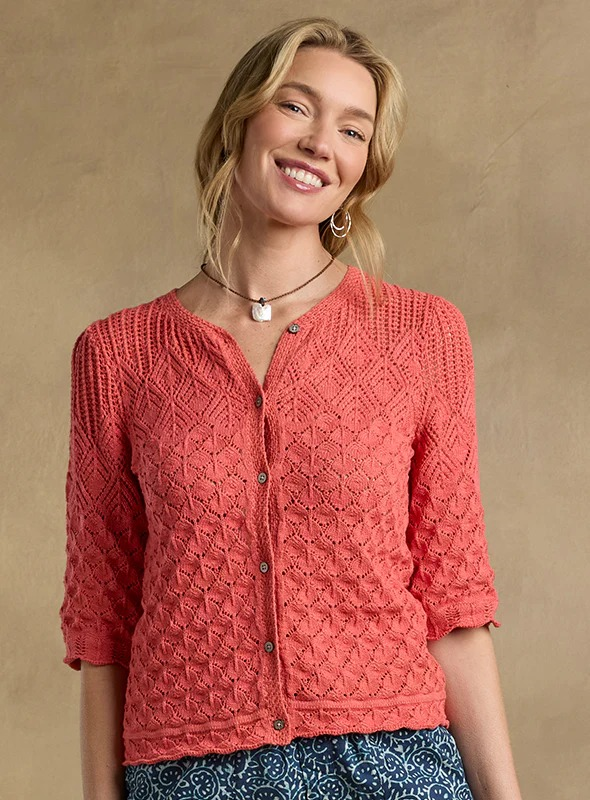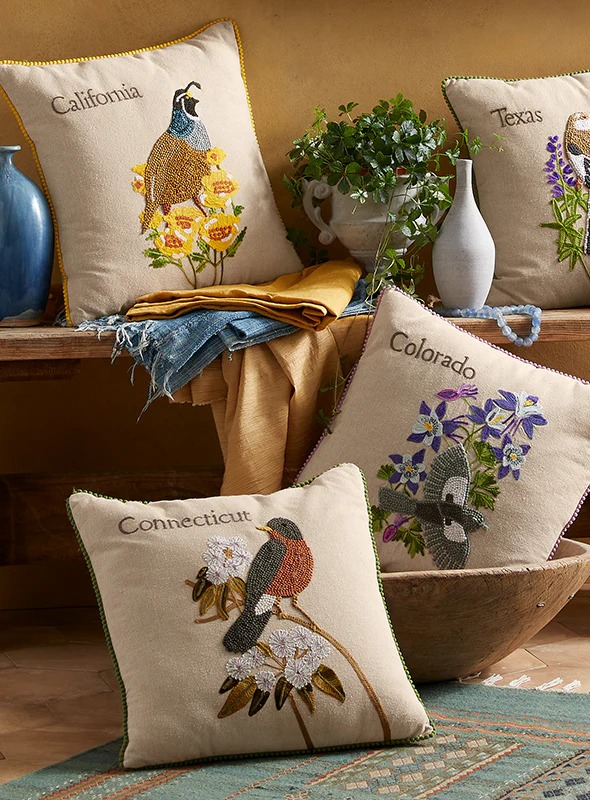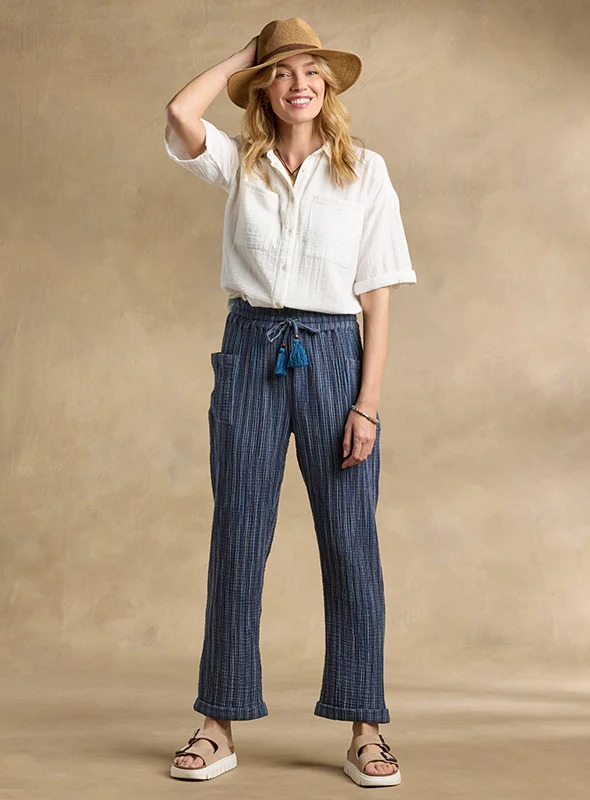
The Evolving Silhouette – A Journey Through Women’s Dress
The history of women’s apparel is a vibrant tapestry, woven with threads of constraint and liberation, tradition and audacious change. To trace its evolution is to understand the shifting dynamics of the world itself. For millennia, the shape of a woman’s attire was often dictated by rigid social conventions. Early forms were frequently voluminous, layered, and restrictive, prioritizing modesty and an outward display of wealth and refinement. The intricate details—the elaborate lacework, the heavy brocades, the carefully constructed underpinnings—were testaments to an era where visibility and perceived decorum were paramount. The emphasis was not on ease of movement, but on presenting a fixed, almost architectural form. This was attire built for display, not for daily action, a visual language asserting the wearer’s place within a highly stratified structure.
The transformation began subtly, often initiated by visionary designers or driven by practical necessity. As women began to participate more actively in public life and the workforce, the call for more functional, streamlined attire became impossible to ignore. The late nineteenth and early twentieth centuries saw the slow but inevitable shedding of the most burdensome elements. Corsetry, that enduring symbol of physical restriction, began to give way, first for health reasons, and later for a profound desire for personal freedom. This was a seismic shift; once the foundation of the silhouette was altered, the external shape followed suit with startling speed.
The period following the Great Wars introduced perhaps the most radical and long-lasting changes. Hemlines rose and fell in direct correlation with economic confidence and social mood. The playful exuberance of the 1920s, with its shorter skirts and dropped waistlines, celebrated a newly found independence, symbolized by clothing that encouraged movement and dancing. It was a conscious rejection of the previous century’s formality. Later, the austerity of wartime led to practical, utilitarian styles, emphasizing clean lines and durability—a reflection of rationing and a focus on essential service.
The post-war era brought a resurgence of overt femininity, often manifesting in cinched waists and exaggerated skirts—a brief return to structured romance before the 1960s ushered in an explosion of youthful rebellion. This decade was a watershed moment, democratizing apparel and placing the emphasis squarely on individual expression and youth culture. The adoption of simpler forms, bolder patterns, and novel textile choices signaled a final break from historical constraints. Clothing became less about social position and more about personal attitude.
In the decades that followed, the pace of change accelerated, moving away from a single, dominant style towards a kaleidoscope of simultaneous trends. This shift marked the true arrival of pluralism in dressing. Today, the concept of a single prevailing silhouette is virtually obsolete. We see the coexistence of extreme formality and casual comfort, of structured tailoring and fluid draping. An individual can choose to embrace the flowing, bohemian look one day and a sharp, tailored aesthetic the next, without contradiction.
The journey of women’s dress is a powerful narrative of negotiation: the negotiation between private desires and public expectations, between historical precedent and future possibilities. Every seam, every cut, every choice of material is charged with meaning, recording the ongoing story of empowerment and self-definition. The apparel of the modern woman is perhaps the most eloquent it has ever been, offering an unparalleled freedom to select a visual identity that is authentically her own, moving beyond rigid categories to a realm of pure, uninhibited personal style. This continuous evolution reminds us that apparel is not static; it is a living, breathing commentary on the current state of the human experience, always changing, always adapting, and forever defining the moment. The most enduring lesson from this long history is that the power to choose what one wears is a profound act of self-sovereignty.










